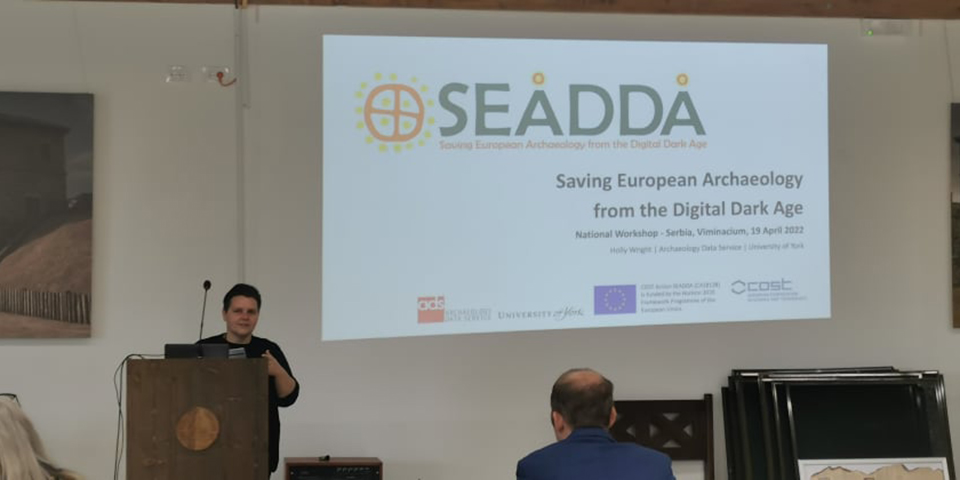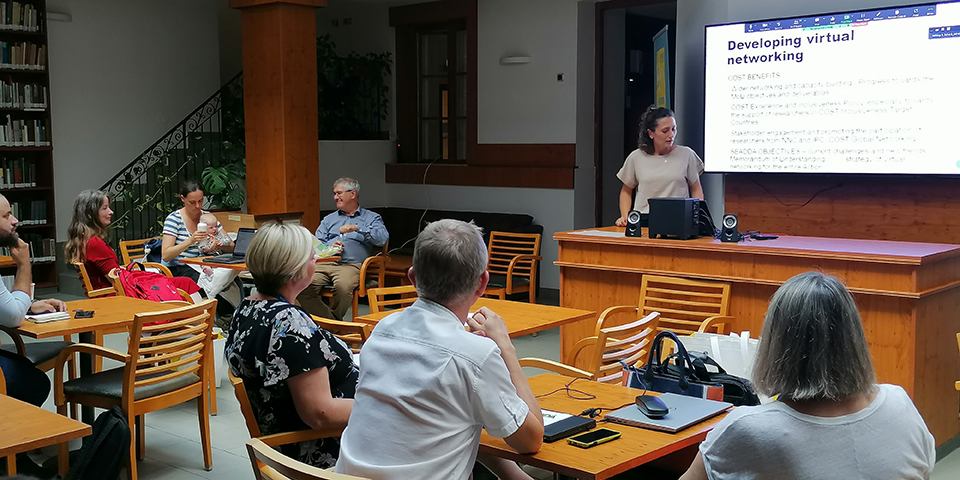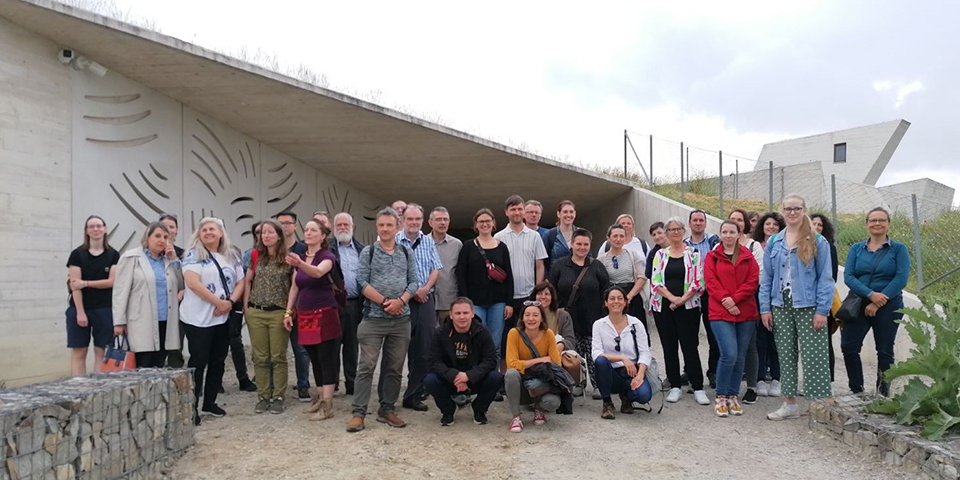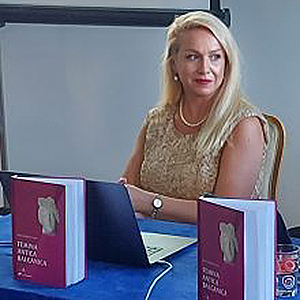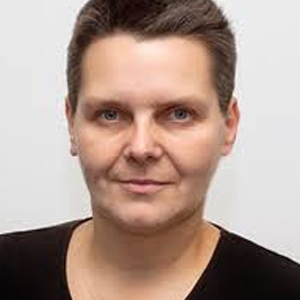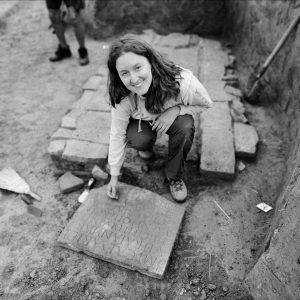SEADDA
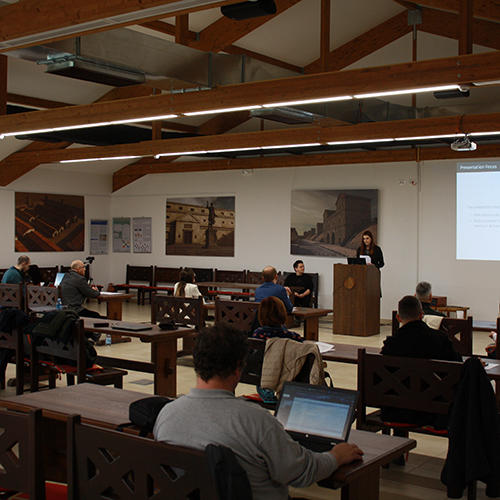

Manager: Dr Milica Tapavički Ilić
Associates:
Dr Jelena Anđelković Grašar
MA Ivana Kosanović
Institutions involved in the research process:
Prof Julian Richards, Dr Holly Wright – University of York (UK),
Dr Edeltraud Aspöck – Institute for Oriental and European Archaeology (AT),
Amala Marx and Kai Salas-Rossenbach – Institut National de Recherches Archéologiques Preventives (FR),
Valentina Vasallo, The Cyprus Institute (CY),
Liat Weinblum, Israel Antiquities Authority (IS),
Regina Varniene-Janssen, Vilnius University Faculty of Communication (LI)
Kate Fernie, 2Culture Associates (UK)
Benjamin Štular, Institut za Arheologiju (SLO)
Filomena Sirovica, Archaeological Museum Zagreb (CRO)
Ivan Radman Livaja, Archaeological Museum Zagreb (CRO)
Ulf Jakobsson, Lund University (SW)
Nurdan Atalan Cayirezmez, British Institute at Ankara (TUR)
Martina Trognitz, Austrian Academy of Sciences – ÖAW (AUI)
Ann Degraeve, Bruxelles Urbanisme et Patrimoine (BEL)
Ivana Pandžić, University of Banja Luka (BIH)
David Novak, Institute of Archaeology of the Czech Academy of Sciences (CHE)
Anna Wessman, University of Helsinki (FIN)
David Wigg Wolf, Roemisch Germanische Kommission (GER)
Despoina Tsifaki, “Athena” Research centre (GR)
Hella Hollander, Data Archiving and Networked Services (DANS) (ND)
Espen Uleberg, University of Oslo (NO)
Natalia Botica, Universidade do Minho (PO)
Saving European Archaeology from the Digital Dark Age – SEADDA
This project deals with archaeological databases throughout Europe that are considered to be available to everyone (free access), but that are not preserved or stored in an appropriate way. Considering the sensitivity of digital data, as well as the impossibility of restoring most archaeological research, there is a real danger that in the so-called Digital Dark Age a whole range of research could be forever lost.
In order to avoid such eventualities, the goal of this project was to bring together archaeologists on the one hand, and (digital) database experts on the other, in order to tackle this problem together. Furthermore, each participant would be able to present the current situation in their country and, therefore, work on solving any such case, of course with the help and consultation of colleagues.
Although there are appropriate international standards that should be applied, there is no unique way of creating a warehouse, i.e., base. In order to find a successful solution, archaeologists need to be the deciding factor and determine how their data should be stored and preserved so that it is always useful and accessible. Additionally, SEADDA will have a role in establishing research areas related to archiving, allocation and free access to archaeological data.
Description of project activities:
Participation and organization of workshops and gatherings related to the topic of the project, promotion of the project, publication of articles resulting from cooperation on the project, connection with other project participants and establishment of international cooperation.
Property of the institute: Equal proposer and partner, with Dr M. Tapavički-Ilić as a member of the Management Committee. Other participants in the project are J. Anđelković Grašar and I. Kosanović.
Сарадници
Bibliography:
Šegan-Radonjić M. and Tapavički-Ilić M. (2021): Digitisation and Data Management of Archaeological Heritage in Serbia (1991-2020), Internet Archaeology 58.
https://intarch.ac.uk/journal/issue58/
https://doi.org/10.11141/ia.58.15
Tapavički-Ilić M., Šegan Radonjić M. (2021): Methods and Capacity in Archaeological Data Management in Serbia, Arheologija i prirodne nauke (Archaeology and Science) 17, Beograd 2021, 113 – 134.
Šegan-Radonjić M. i Tapavički-Ilić M. (2020): Serbian Archaeology in Digital Era – The State of the Art, Arheologija i prirodne nauke (Archaeology and Science) 16, Beograd 2020, 205 -229.
Тапавички-Илић М. (2021): Пројекат COST ACTION 18128 – SEADDA Saving European Archaeology from the Digital Dark Age, Археологија у Србији 2019 – Преглед истраживања, Археолошки институт, Београд 2021, 405 – 408.


